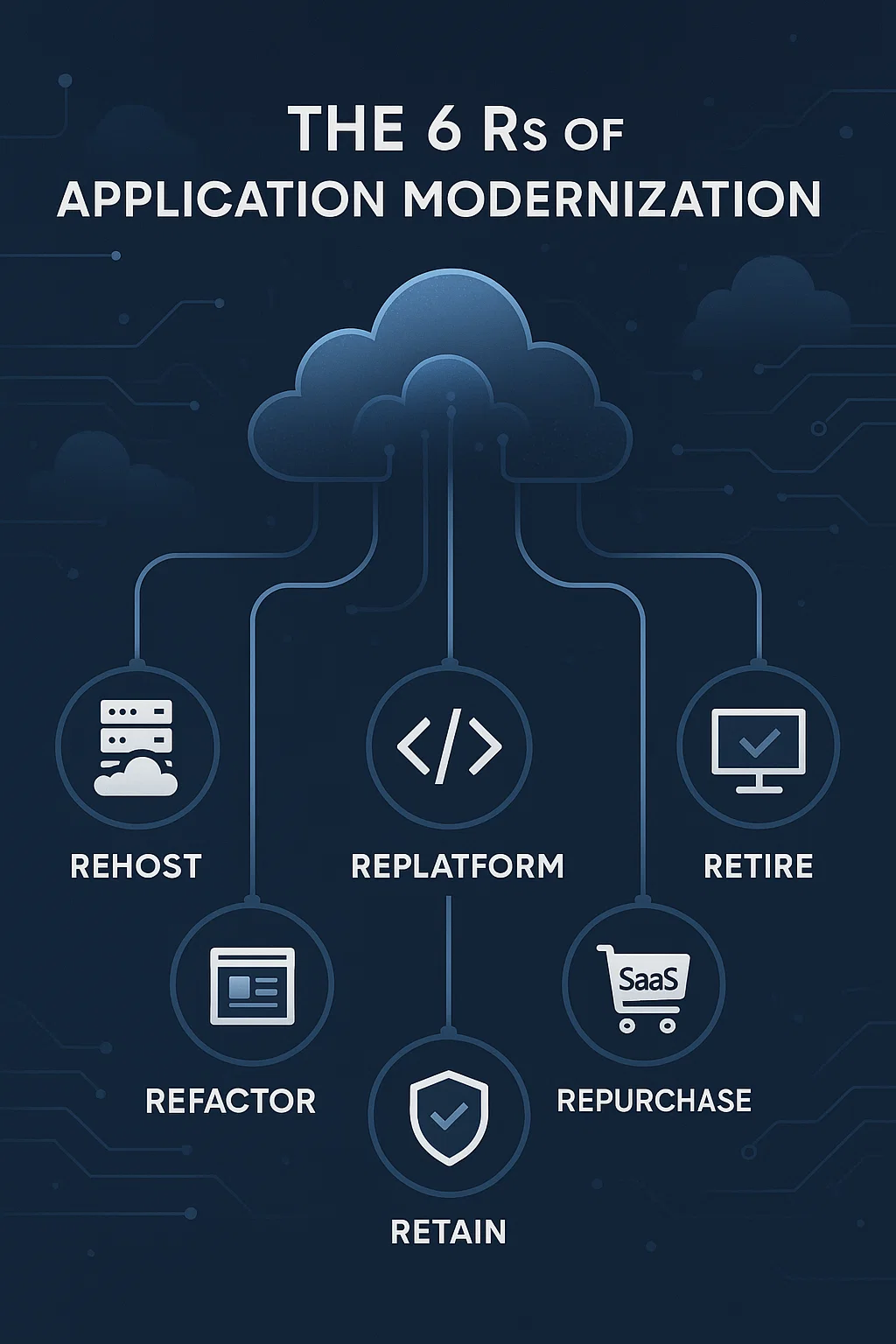
The 6 Rs of Application Modernization: Which One Fits Your Business?
September 8, 2025
Forged Concepts
Forged Concepts
Explore expert cloud, AWS, and DevOps insights by forged Concepts, a trusted AWS MSP
View All Posts →